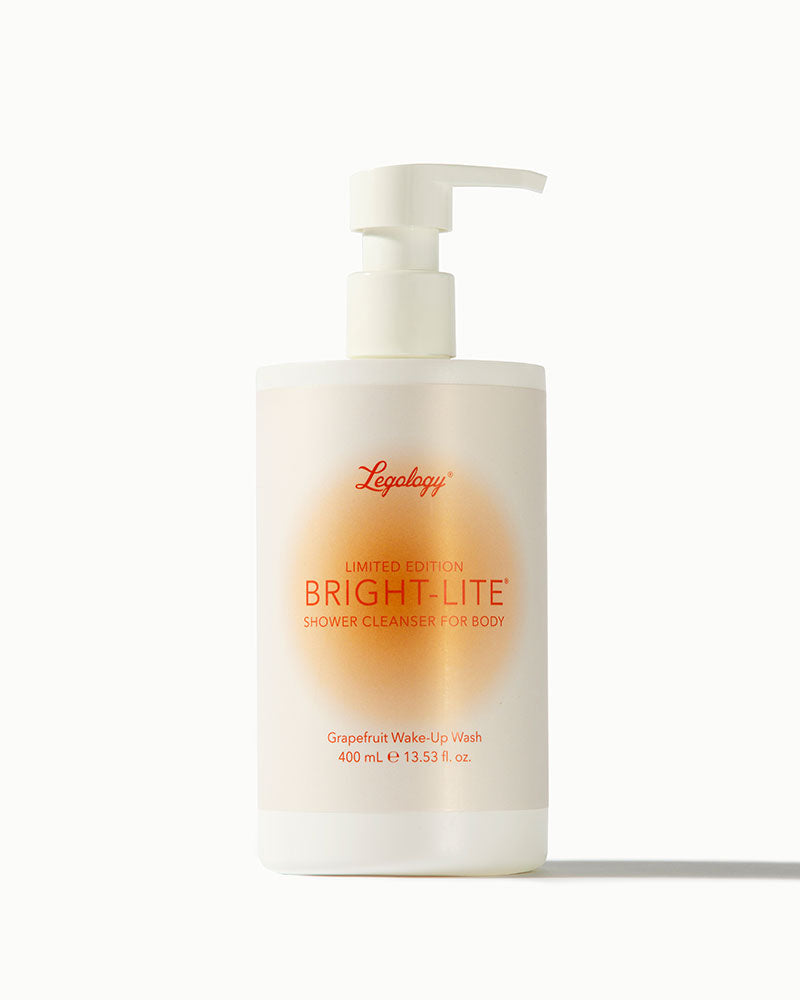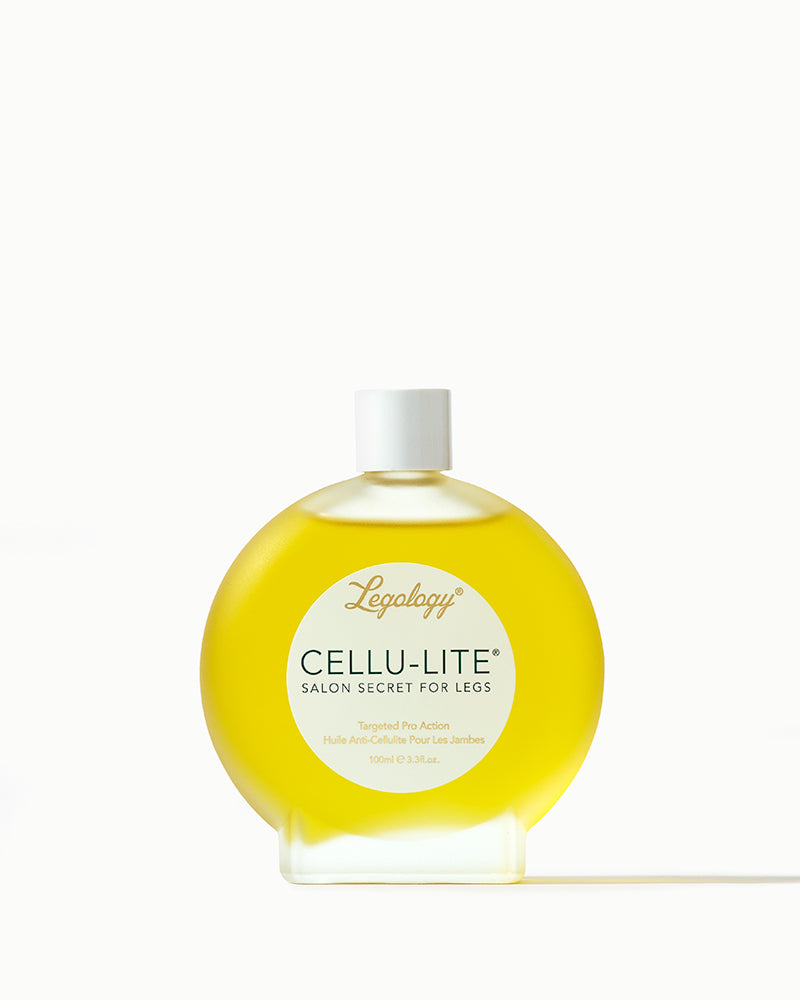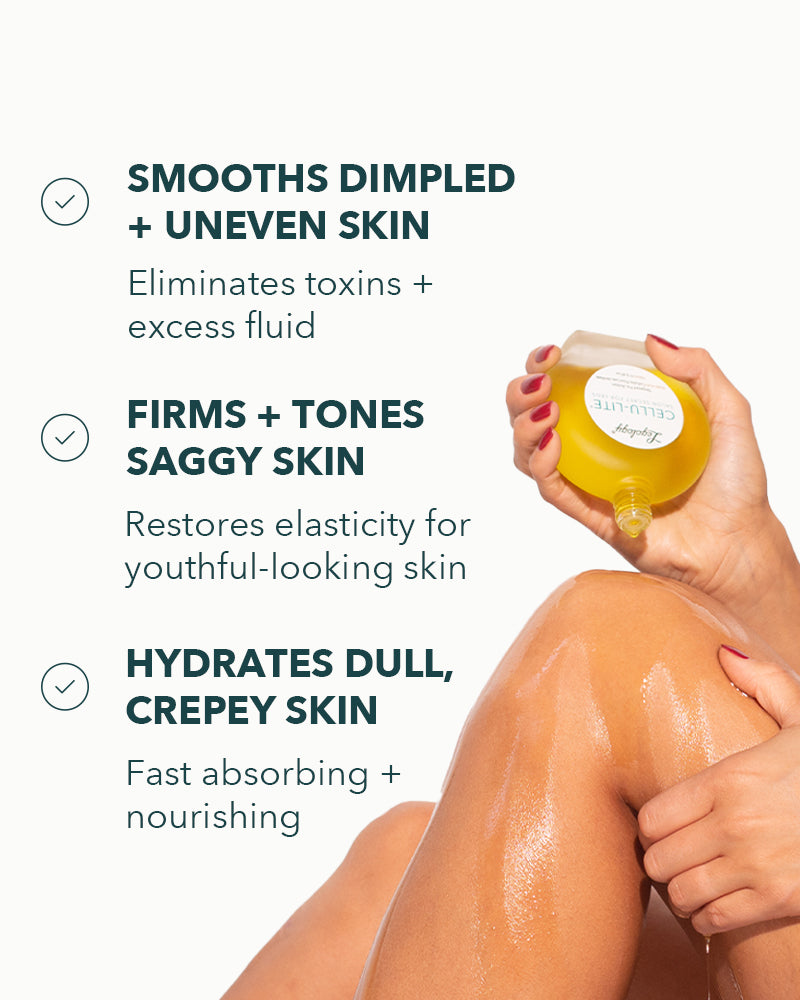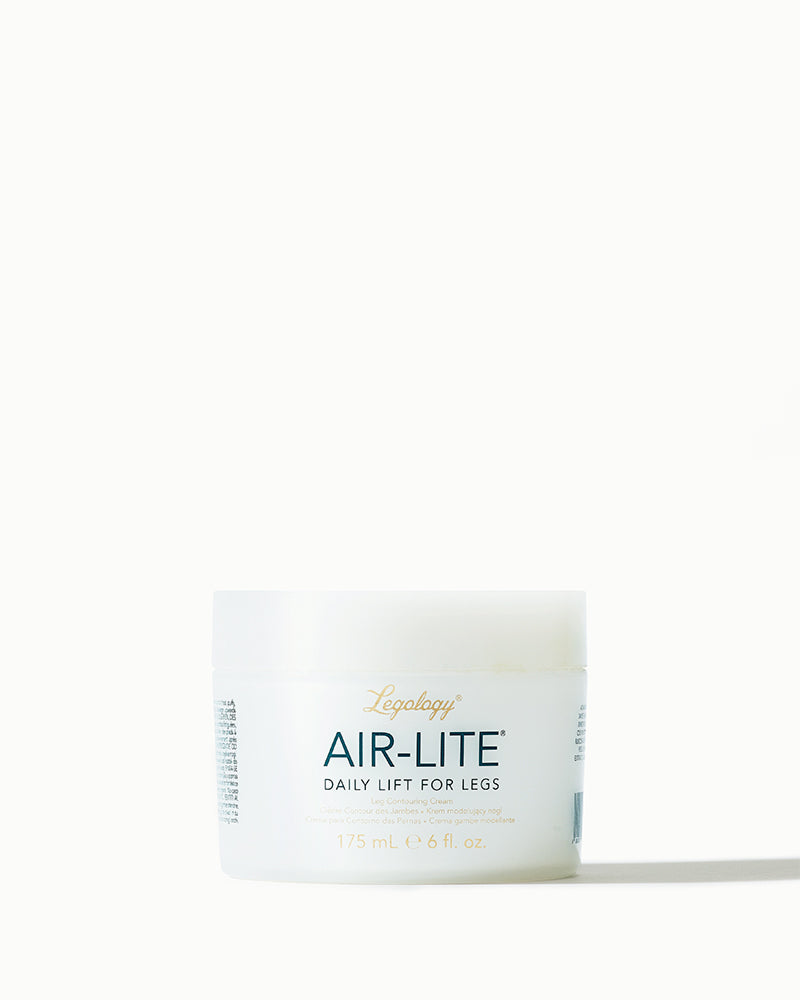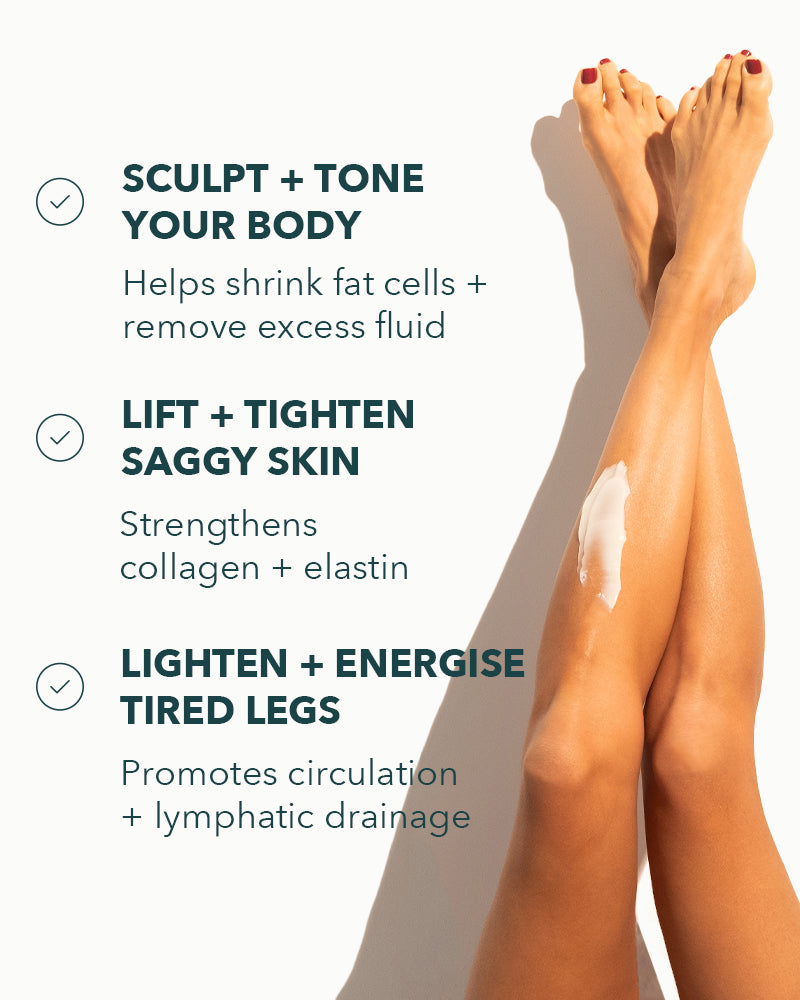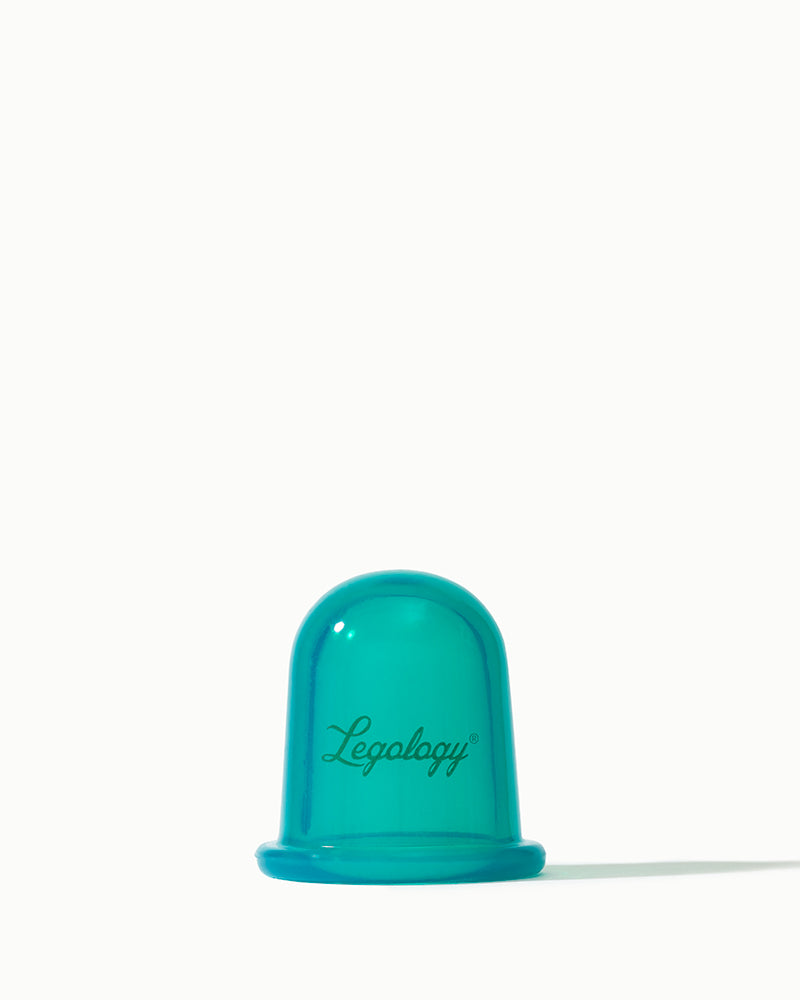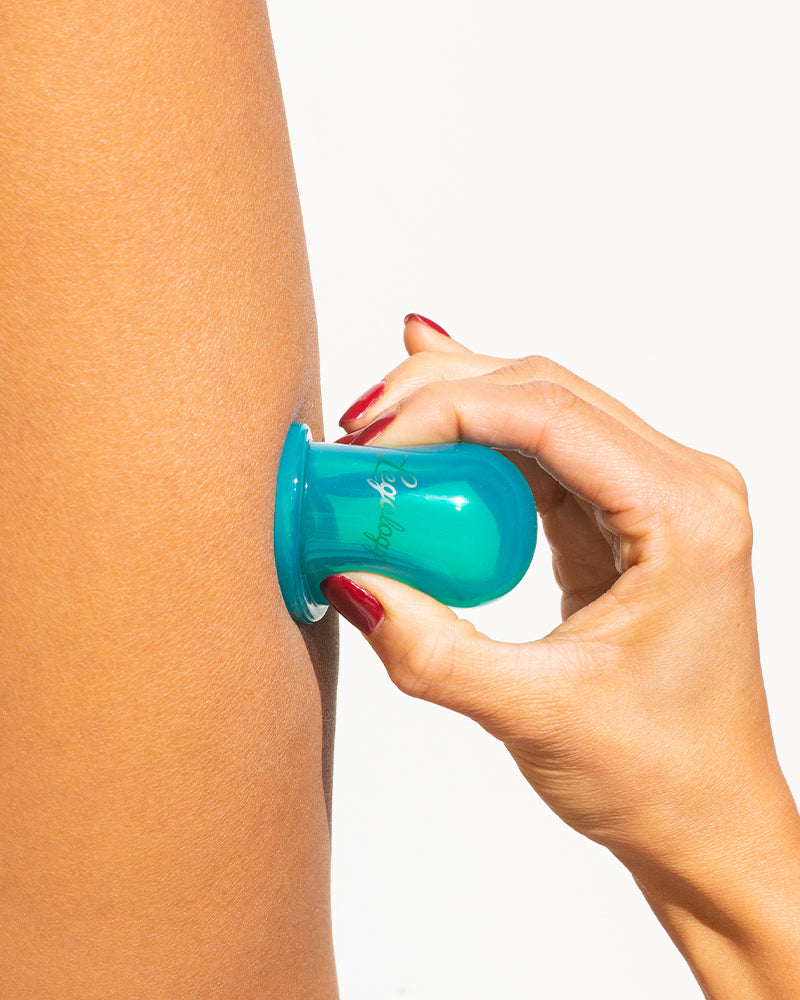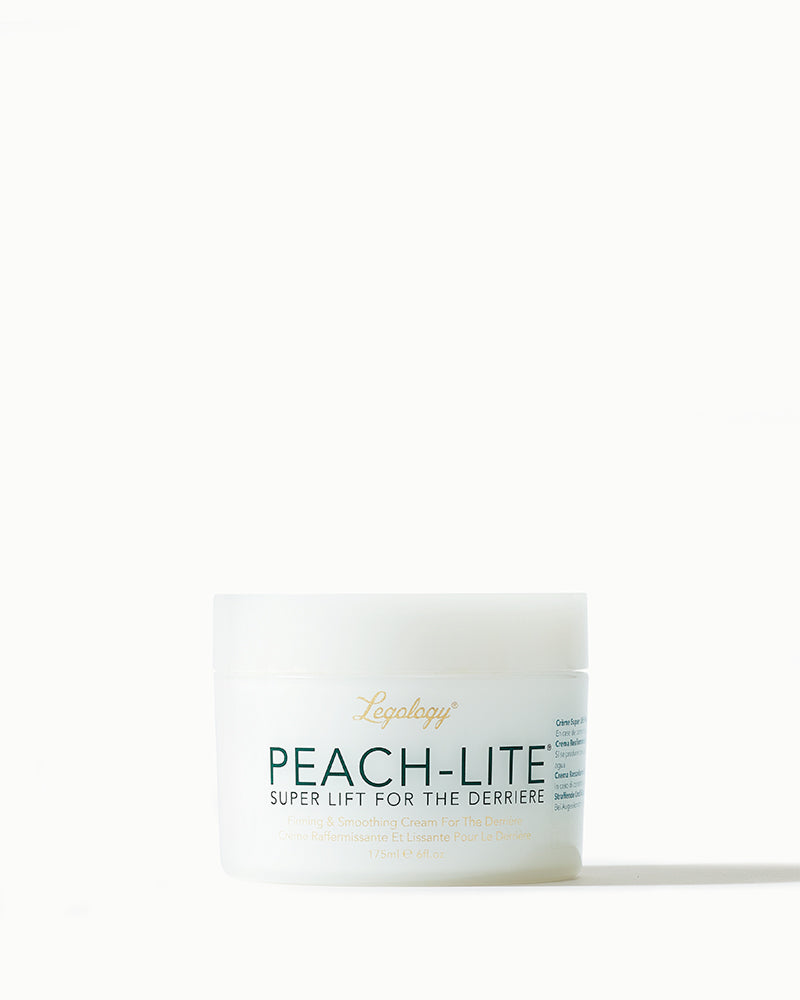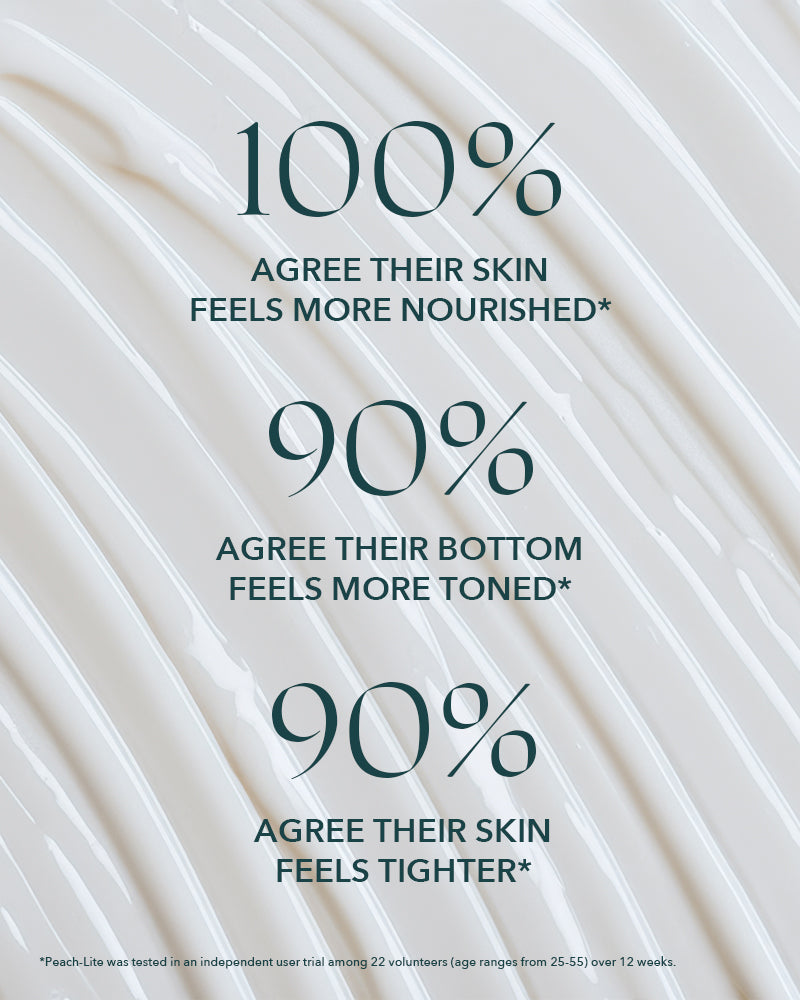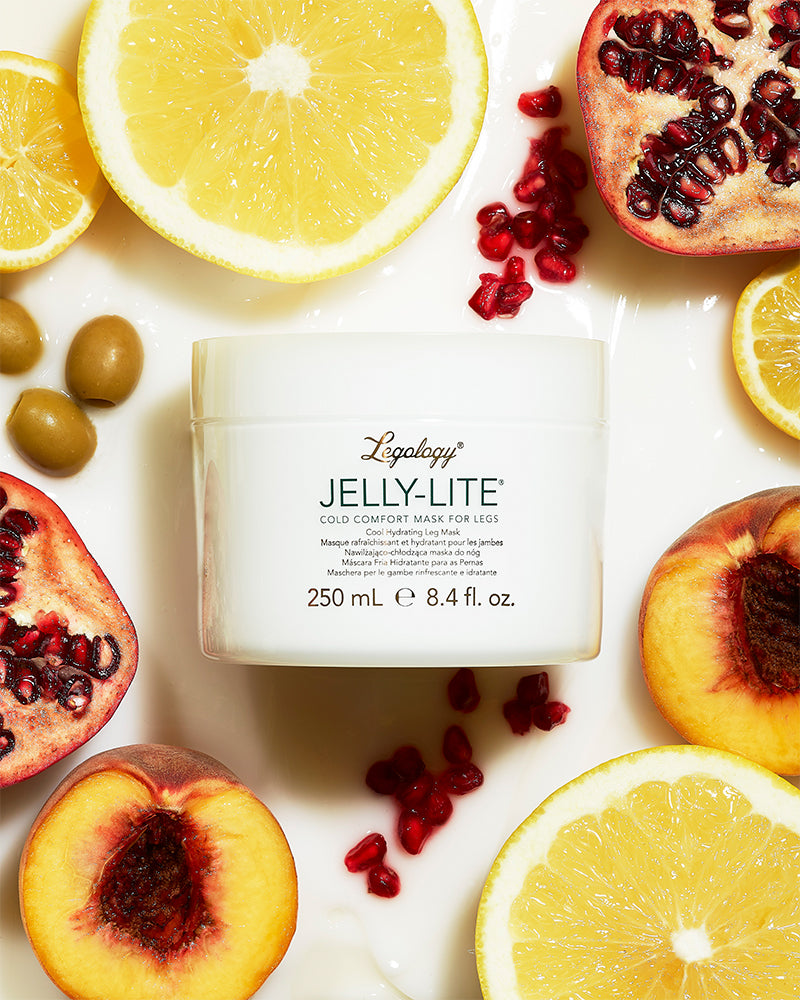Legs Talk: Professor Mark Whiteley

Cuando se trata de varices y venas varicosas, las preguntas son constantes, y con razón. Estas son algunas de las afecciones más comunes en las piernas. Así que, ¿quién mejor para hablar con el hombre que se ha dedicado a comprenderlas, tratarlas y resolverlas ? El profesor Mark Whiteley, figura clave del Protocolo Whiteley y fundador de la Clínica Whiteley.
Nos sentamos con él para hablar sobre mitos, avances en el tratamiento y por qué sus piernas podrían necesitar su propia revisión médica…
¿Qué hace que el tratamiento de las venas sea tan confuso para la mayoría de las personas?
Esto se debe a que no se trata solo de encontrar una vena y tratarla, sino de encontrar las venas correctas y elegir el método adecuado para tratarlas. De eso se trata el Protocolo Whiteley. Comienza con una exploración adecuada, no una rápida con un pequeño dispositivo portátil. Ahora sabemos que cada pierna puede tener entre 155 y 160 venas afectadas por las varices. Por lo tanto, si no se identifican todas, no se solucionará el problema.
¿Entonces no es sólo cosmético?
Exactamente. La mitad de las personas con varices no presentan las visibles y abultadas. En cambio, pueden presentar dolor, hinchazón o venas en forma de hilo. Y estos suelen ser los primeros signos de un problema venoso mayor. Incluso puedes tener un problema venoso que empieza en la pelvis y solo presenta síntomas en la pantorrilla. Todo está relacionado.
¿Puedes explicar qué es realmente el Protocolo Whiteley?
Es una forma de diagnosticar y tratar las afecciones venosas con base científica. Primero, identificamos el patrón exacto de las venas que no funcionan. Luego, elegimos entre todos los tratamientos disponibles (láser, radiofrecuencia, espuma, pegamento) el que mejor se adapte a cada caso específico. Nunca hay una solución universal. Es un protocolo dinámico. Si surge un nuevo tratamiento, lo probamos rigurosamente y, si funciona, lo incorporamos.
¿Qué hacía la gente antes de esto?
Antes de 1999, el enfoque estándar era extraer las venas. El problema es que las venas simplemente vuelven a crecer. Por eso, la gente seguía acudiendo para más tratamientos. No se estaban abordando los problemas subyacentes. Eso es lo que cambiamos.
¿Y cómo se decide exactamente qué tratamiento utilizar?
Depende del tamaño, la profundidad y el grosor de la pared de la vena. Algunas venas requieren tratamientos suaves, otras más agresivos. Si se trata de forma insuficiente, se pueden producir coágulos sanguíneos. Si se trata en exceso, se producen cicatrices. La clave está en el equilibrio, y por eso el Protocolo Whiteley se adapta a cada persona.
Nos encanta que ofrezcan la ITV. ¿Qué es?
Es una revisión completa de la salud de las piernas. Si alguien acude con síntomas, primero evaluamos si se trata de un problema venoso. De ser así, realizamos una ecografía dúplex de 45 minutos, correctamente realizada por técnicos vasculares capacitados en nuestro protocolo. La revisión de piernas también es ideal para el seguimiento. Por ejemplo, si ya lo tratamos y no tiene ningún problema, ofrecemos la revisión cada uno o dos años para comprobar que todo sigue bien. ¡Es como ir al dentista, solo para las piernas!
Muchas mujeres dicen que les salieron varices durante el embarazo. ¿Es cierto?
No del todo. En casi todos los casos que hemos visto, las varices ya existían antes del embarazo; simplemente no eran visibles. Los cambios hormonales y la presión adicional pueden hacerlas aflorar, pero no aparecen de repente. Lo mismo ocurre con muchas de las supuestas "causas" de las varices. La mayoría no las causan.
¿Los hombres también tienen varices?
Sí, la tienen. Según estudios comunitarios, aproximadamente el 50 % de los hombres y el 50 % de las mujeres la padecen. La diferencia radica en que los hombres tienden a ignorarla o a no buscar tratamiento. Sin embargo, la afección es igual de común.
¿Dónde son más comunes las venas en forma de hilo?
En las piernas, el 83 % de las mujeres y el 79 % de los hombres desarrollarán venas varicosas en algún momento. Sin embargo, es importante distinguir entre venas varicosas en las piernas y faciales. En la cara, es un tratamiento estético. Se pueden tratar con láser o calor. Sin embargo, en las piernas, el 90 % de los casos se deben a problemas venosos más profundos. Si se tratan las venas superficiales sin abordar la causa, simplemente volverán a aparecer o, peor aún, dejarán cicatrices rojas permanentes.
¿Los jóvenes también pueden tener varices?
Por supuesto. He visto varices graves en niños de 12 años y úlceras venosas en las piernas en jóvenes de 19. Es principalmente genético. Sí, el envejecimiento puede empeorarlo, pero puede aparecer en cualquier momento, dependiendo de los genes.
¿Últimas palabras de sabiduría?
Reciba un diagnóstico adecuado. Si presenta síntomas (varices, dolor en las piernas, hinchazón), no dé por sentado que es solo un problema estético. Hágase una ecografía adecuada y encuentre la causa. El tratamiento correcto de las venas no se basa en conjeturas. Se trata de precisión, y eso es lo que hacemos.
Obtenga más información sobre el profesor Whiteley y The Whiteley Clinic en thewhiteleyclinic.co.uk .






